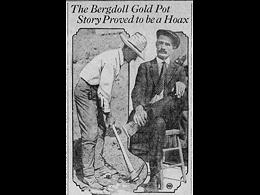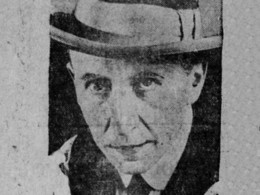August 6, 1969: Naked Came the Stranger Revealed
The novel
Naked Came the Stranger, credited to Penelope Ashe, had sold a respectable 20,000 copies. But it sold many more copies after 25 reporters from
Newsday revealed, on this day in 1969, that they were all the true authors, having written it as a team in a deliberate attempt to produce a terrible novel. The satirical purpose of the hoax was to demonstrate that sex, rather than literary standards, sells books. Although, of course, the book's generous marketing budget, which included ads that ran in the
New York Times for several weeks before its publication, didn't hurt either.
More…













